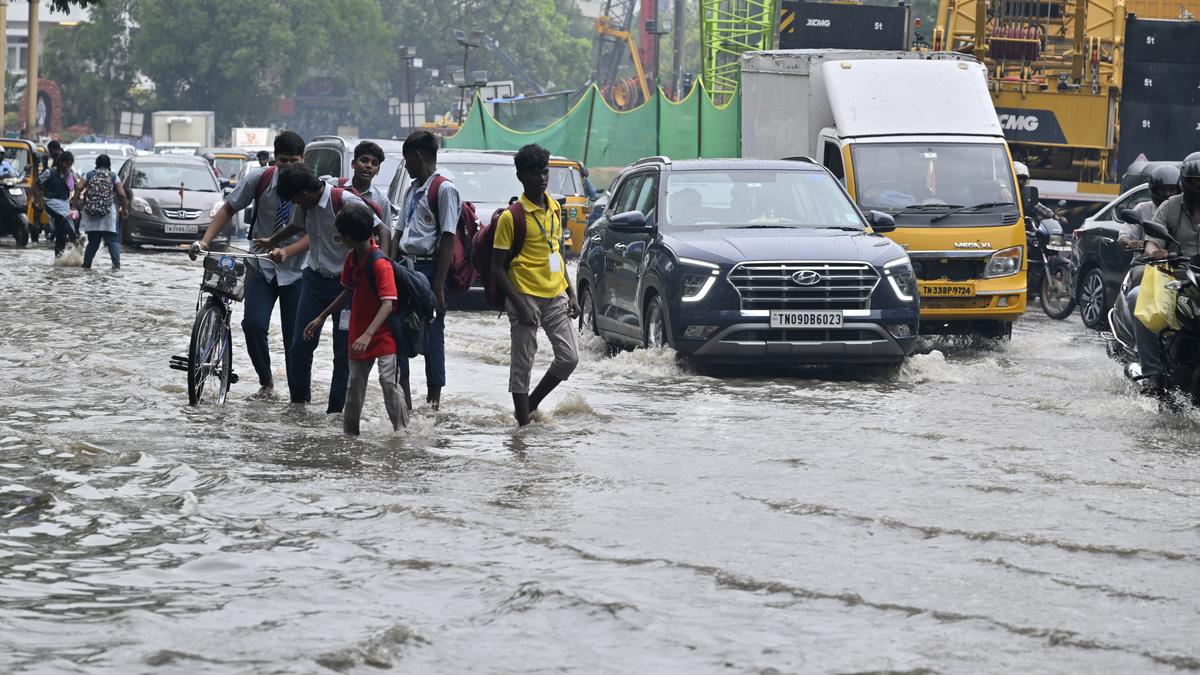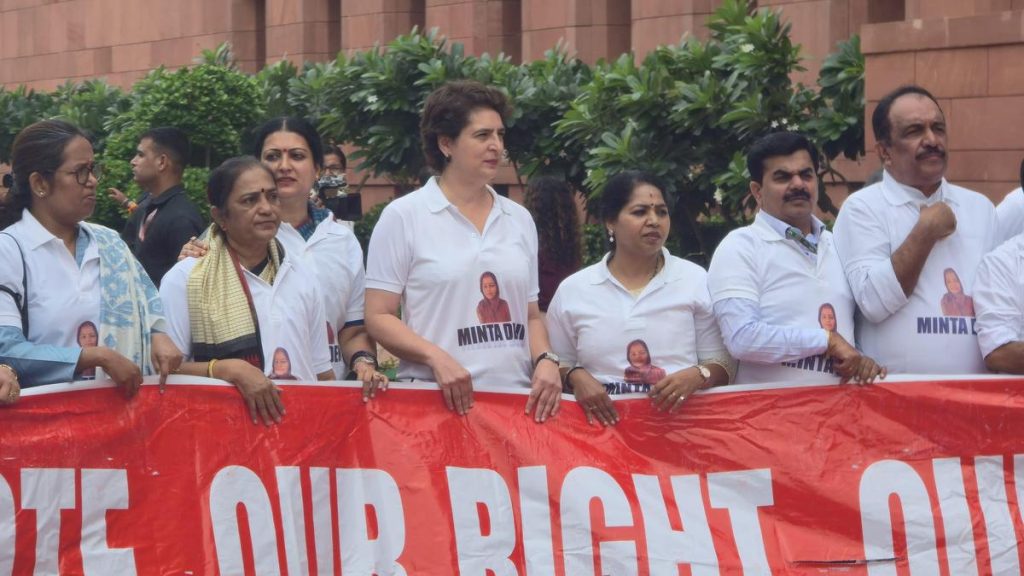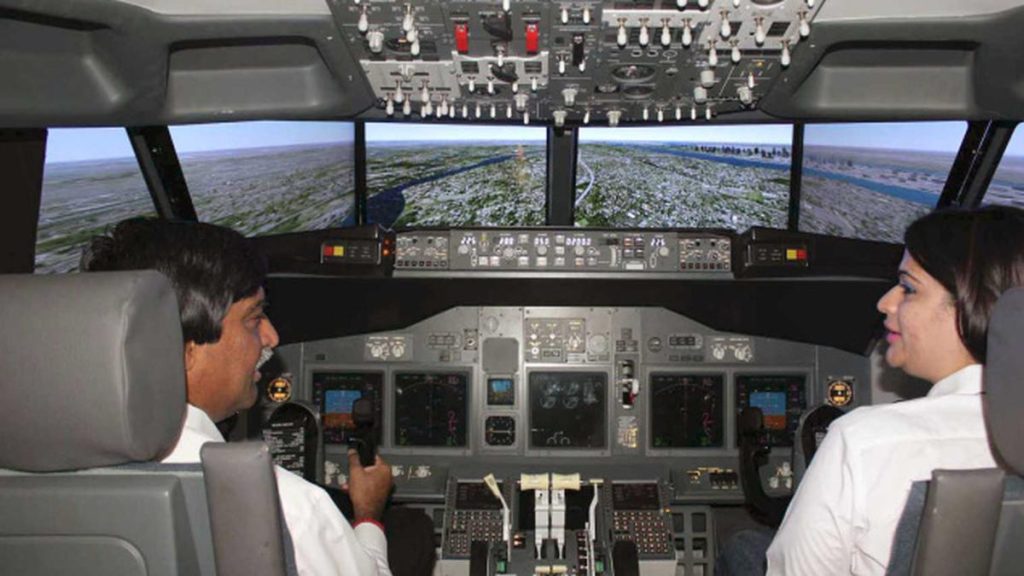Now Reading: Chennai Residents Question Delays in Flood Mitigation Near Metro Sites
-
01
Chennai Residents Question Delays in Flood Mitigation Near Metro Sites
Chennai Residents Question Delays in Flood Mitigation Near Metro Sites

Quick Summary
- A technical expert committee has started assessing the impact of Chennai Metro Rail construction on stormwater drainage systems.
- Residents in over 50 localities, including Anna Nagar, T. Nagar, Kodambakkam, Porur, Otteri, Purasawalkam, Nungambakkam, and thoraipakkam fear flooding this monsoon due to issues caused by metro rail work.
- Local demands include restoring damaged roads and improving coordination among civic agencies such as the Greater Chennai Corporation (GCC) and Chennai Metro Rail Limited (CMRL).
- Specific grievances:
– Anna Nagar residents report ground-floor vacuations and property damage from flooding exacerbated by metro rail projects.- Otteri residents cite frequent water stagnation disrupting traffic flow near new metro stations.
– Nungambakkam locals request proper road paving before monsoon onset to prevent slush-related congestion.
– Increased flooding near Rajiv Gandhi Salai was highlighted by Thoraipakkam residents after drainage closures due to construction work.
- Experts have recommended better urban planning practices with a focus on resilience ahead of Northeast monsoons. Key suggestions include improving coordination between agencies like CMRL and GCC while accounting for topographical factors in station placements.
Indian Opinion Analysis
The concerns raised by Chennai residents regarding metro rail construction highlight an ongoing clash between urban infrastructure development and environmental resilience in flood-prone areas. While expanding metro connectivity is vital for addressing long-term transit needs in a growing city, the project’s execution appears to be introducing compounding risks during annual monsoons due to disrupted stormwater drain networks.
Experts rightly call for enhanced inter-agency collaboration and strategic site selection that considers natural water flow patterns-a principle seemingly overlooked during rapid urbanization efforts across India. Addressing these challenges could present an chance for cities like Chennai to model enduring infrastructure planning going forward.
Without timely preventive measures such as road repairs or improved drainage systems before peak rainy seasons begin-citizens’ daily lives will face disproportionate consequences including traffic gridlocks or property damage that undermine public support for critical projects like the Metro Rail Network expansion.

























